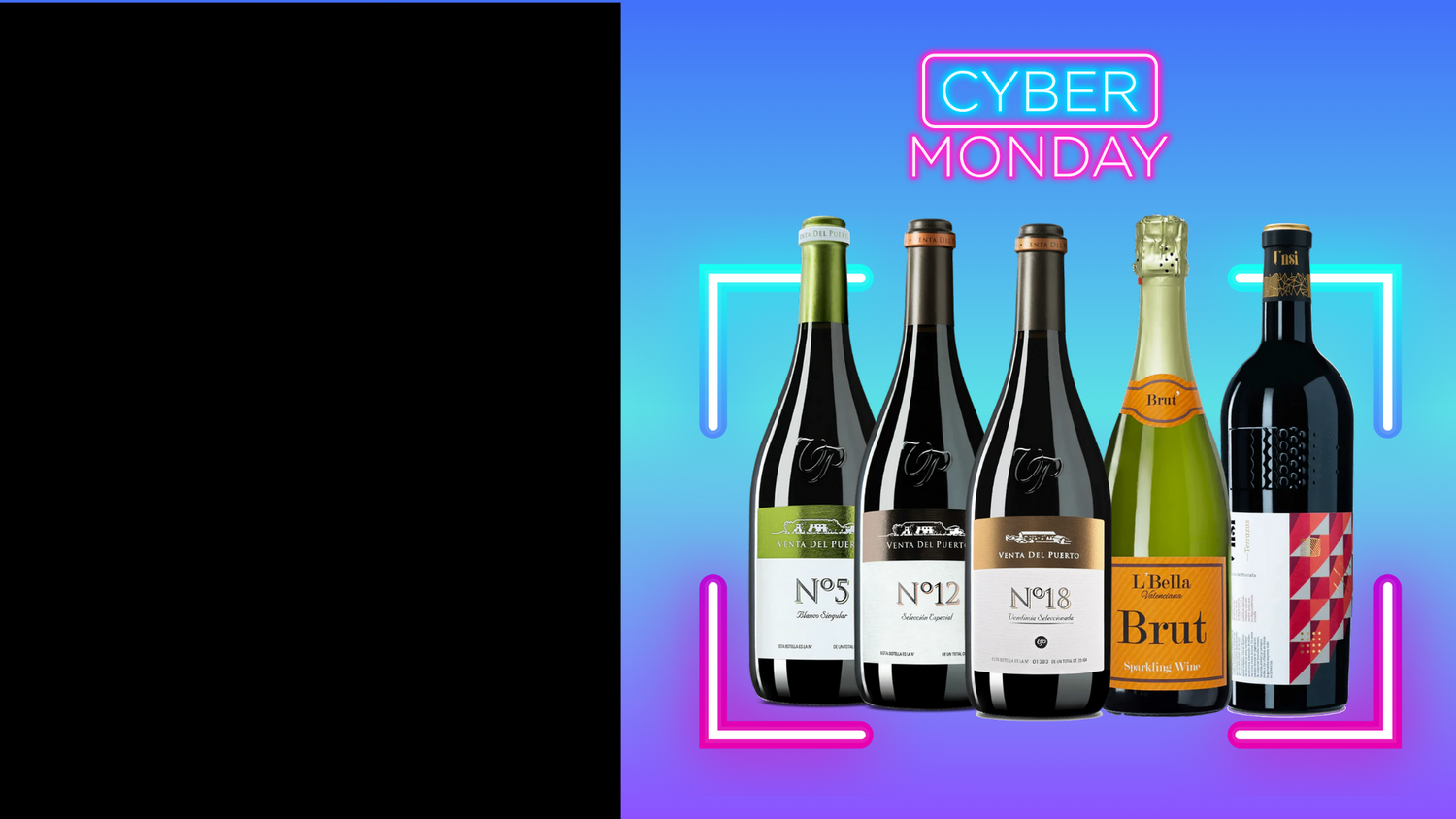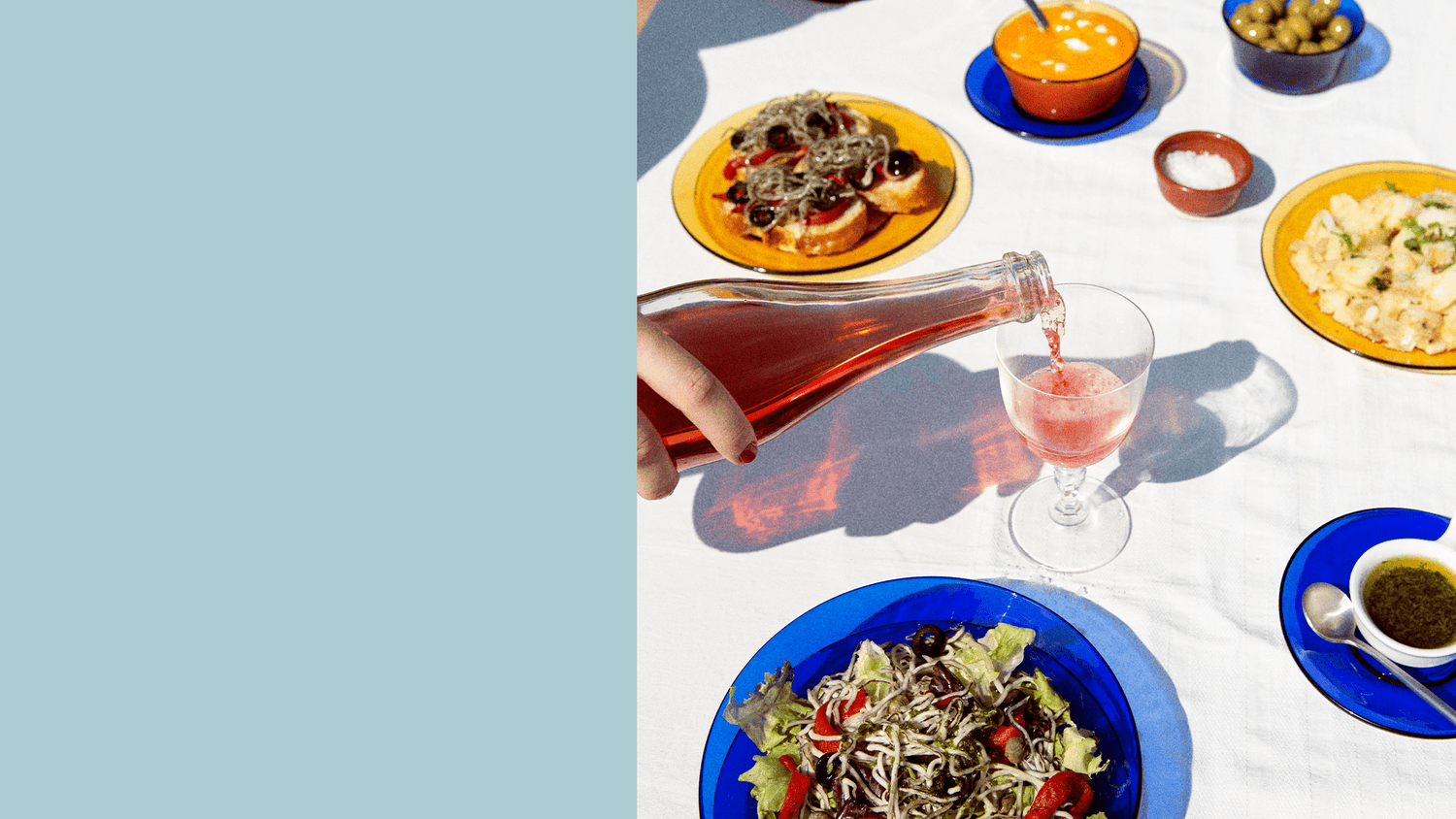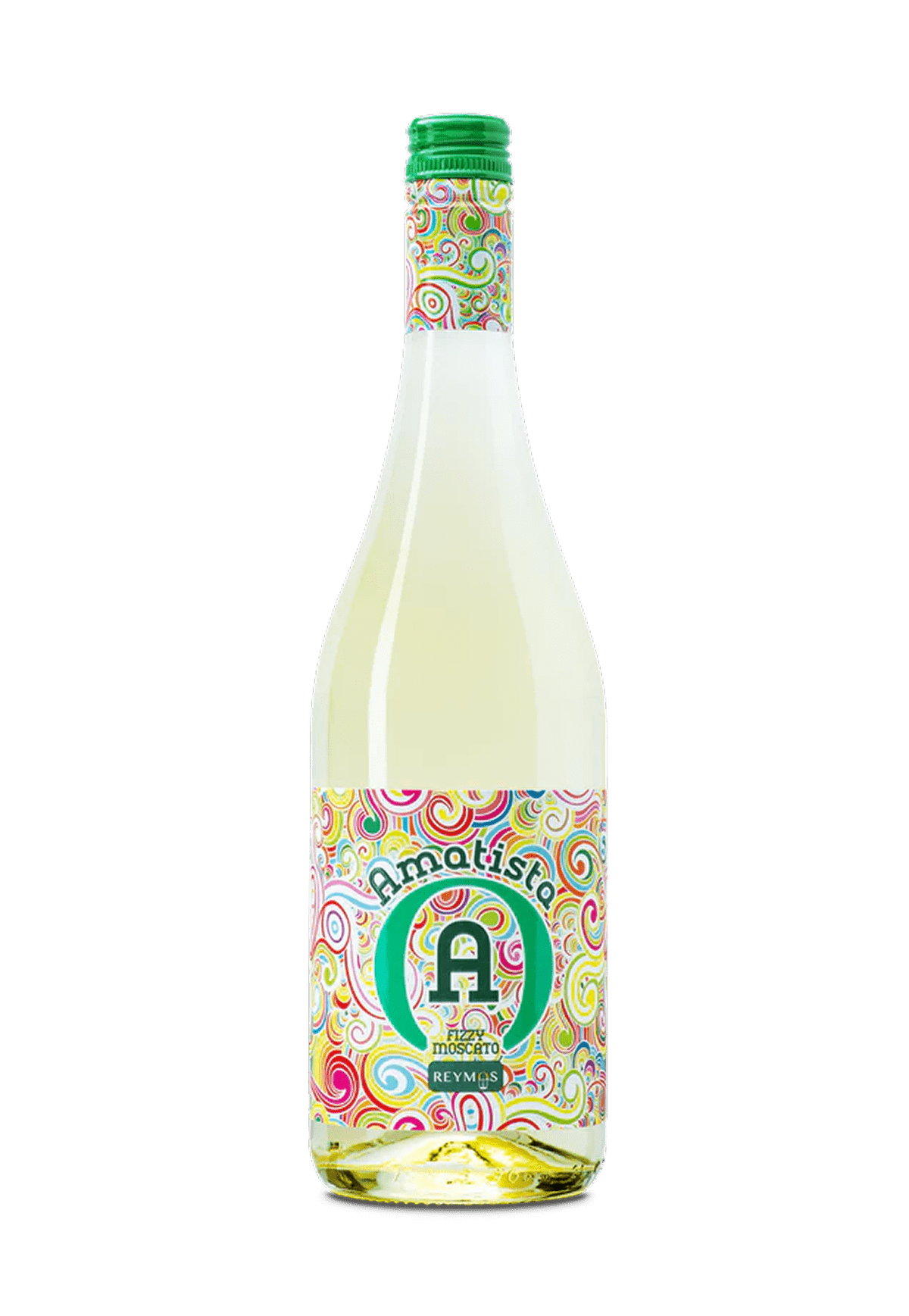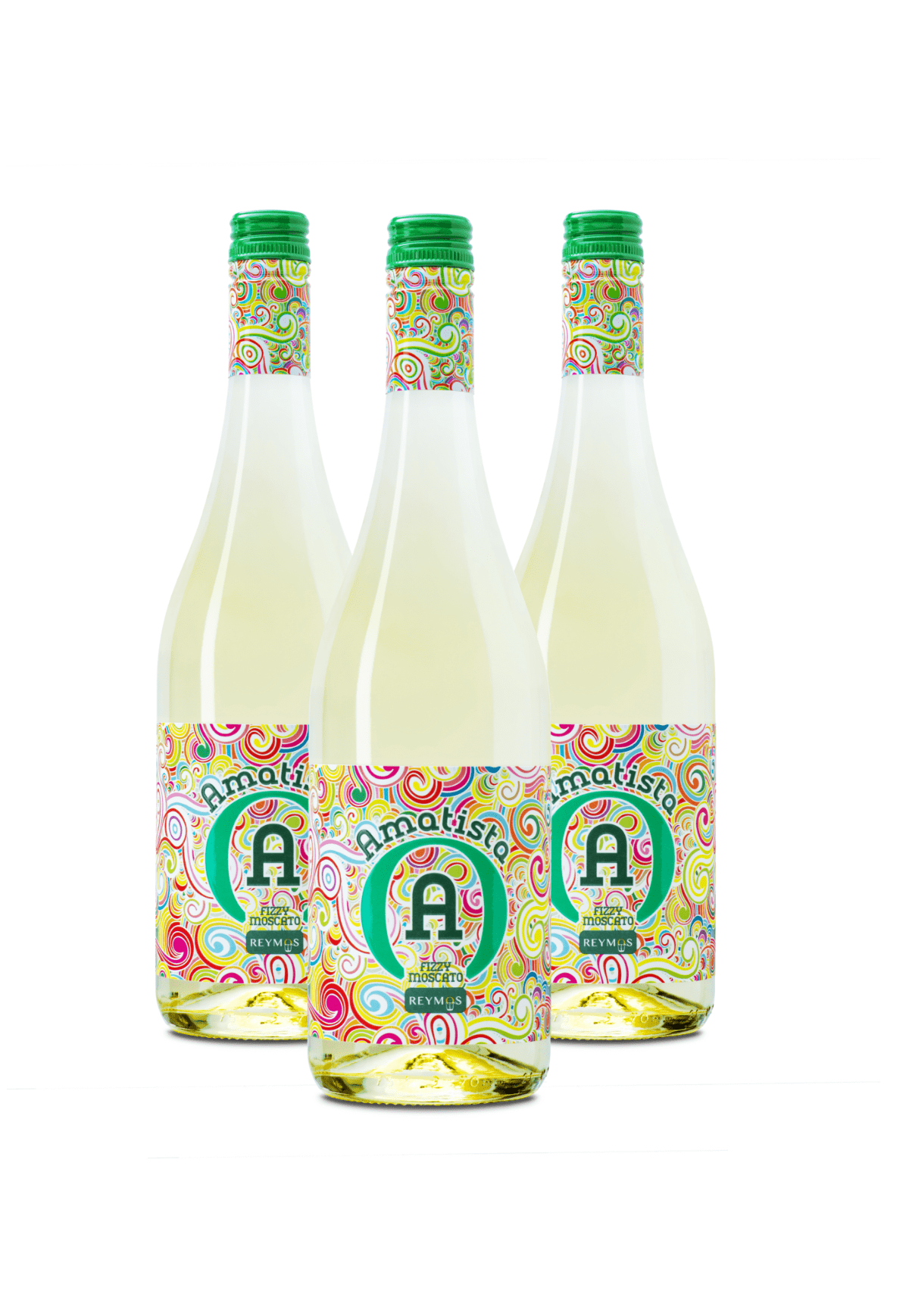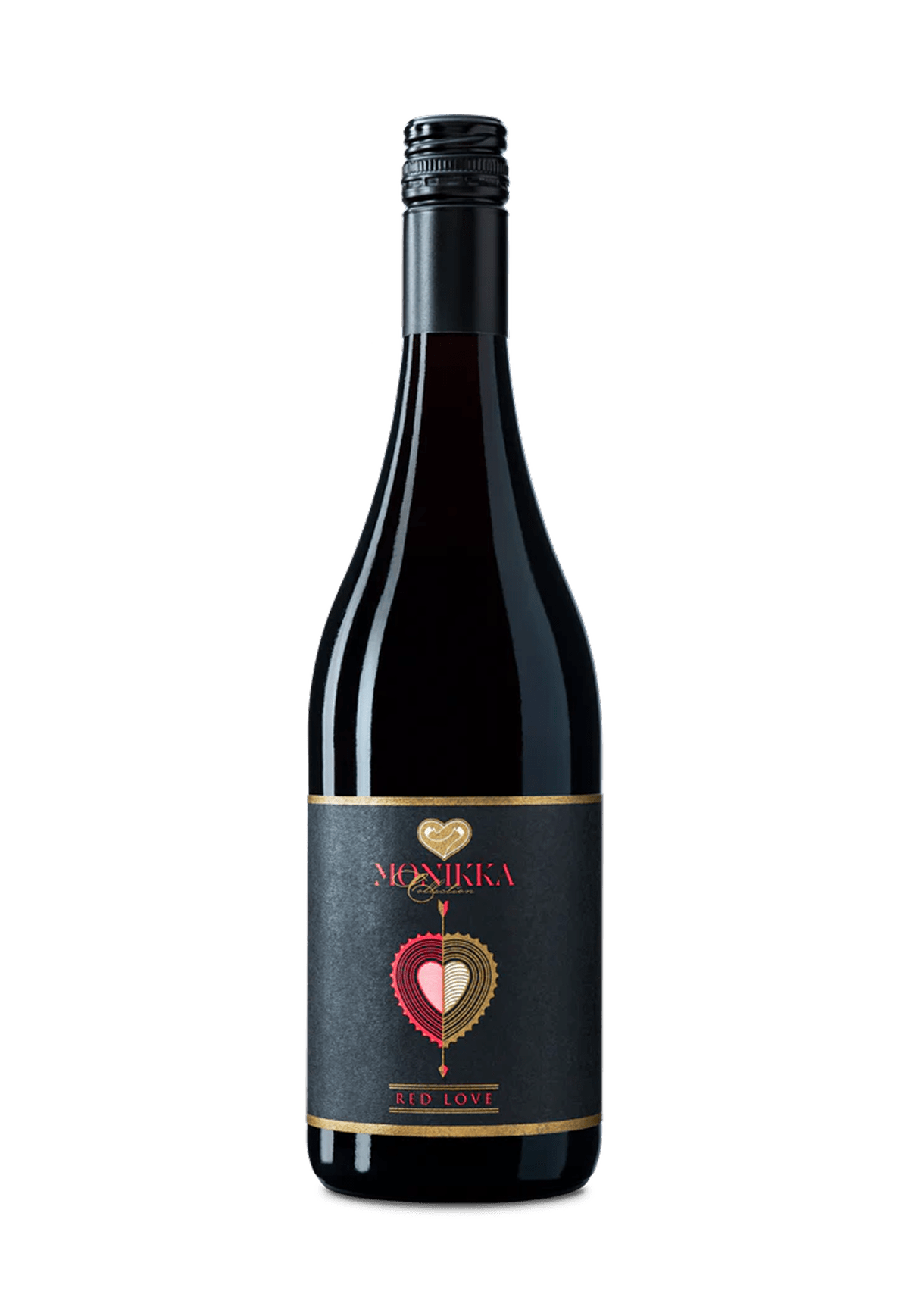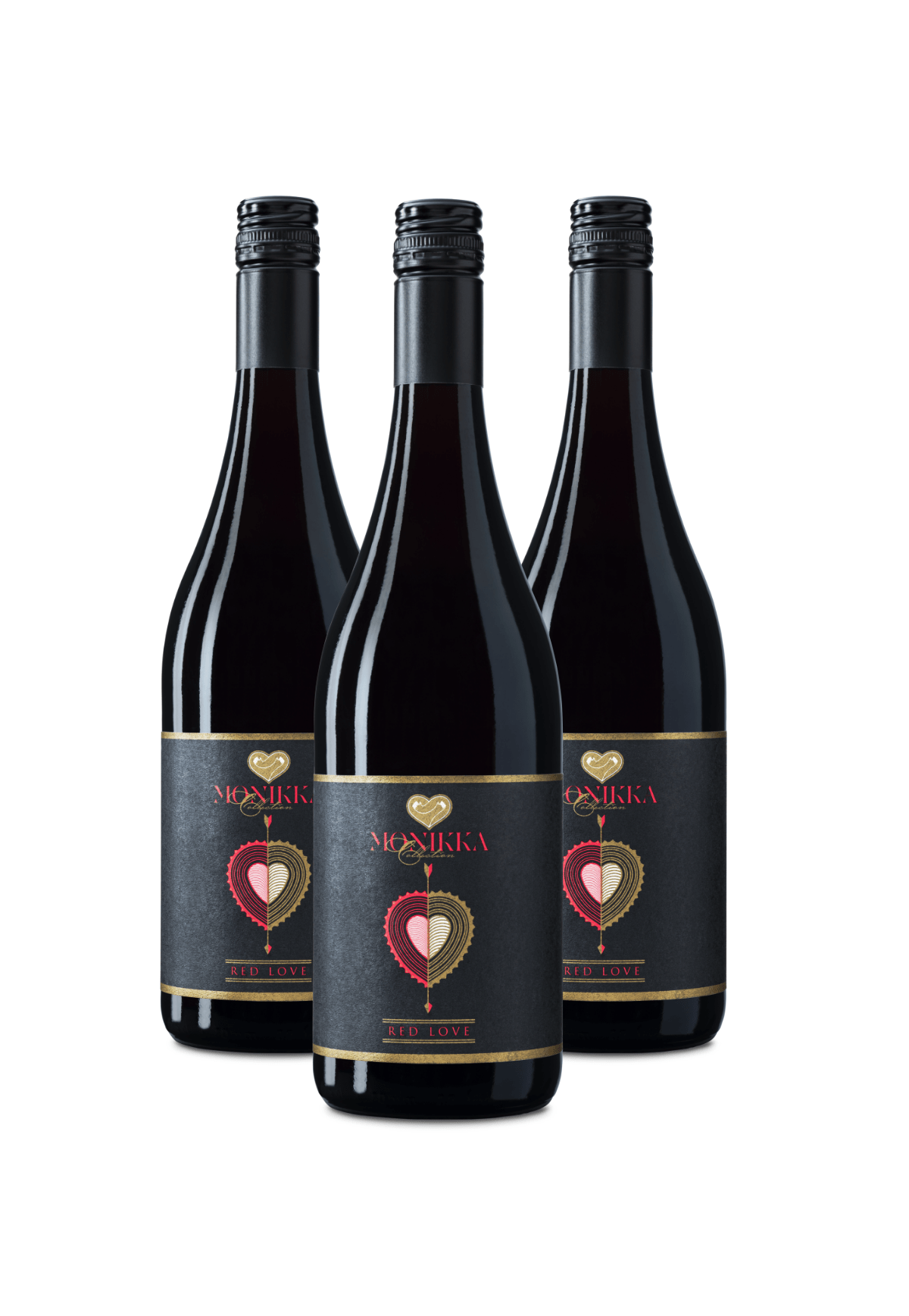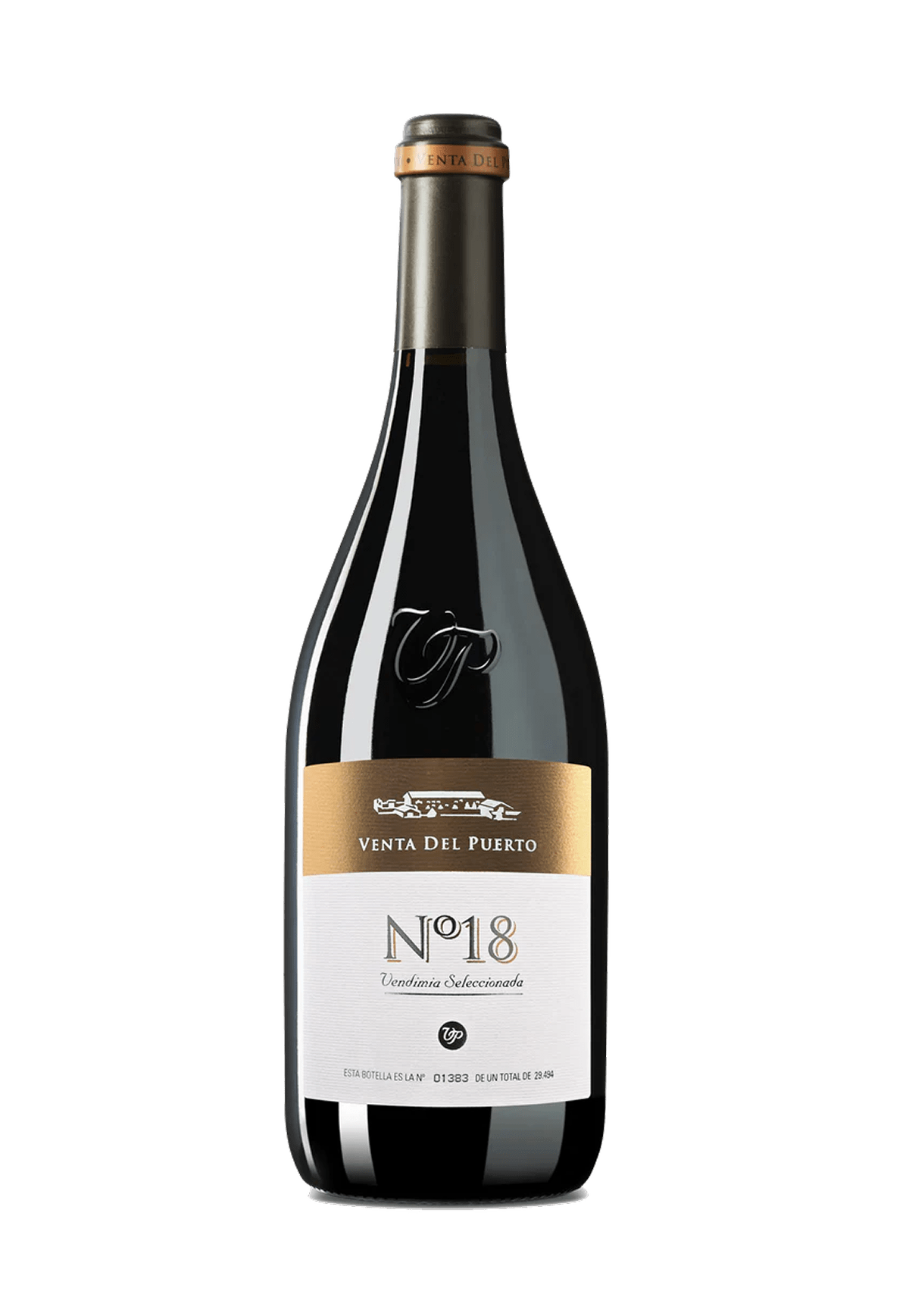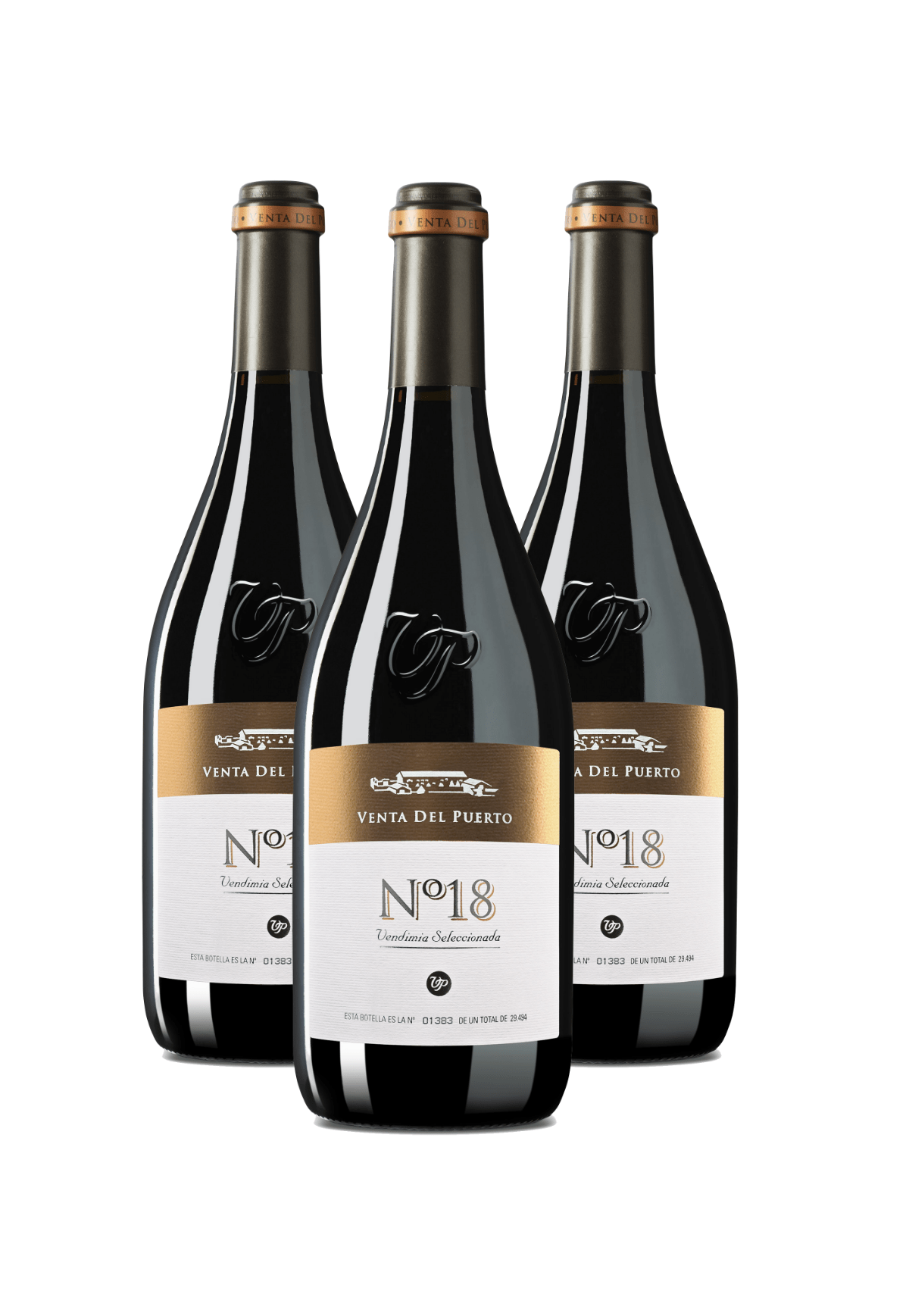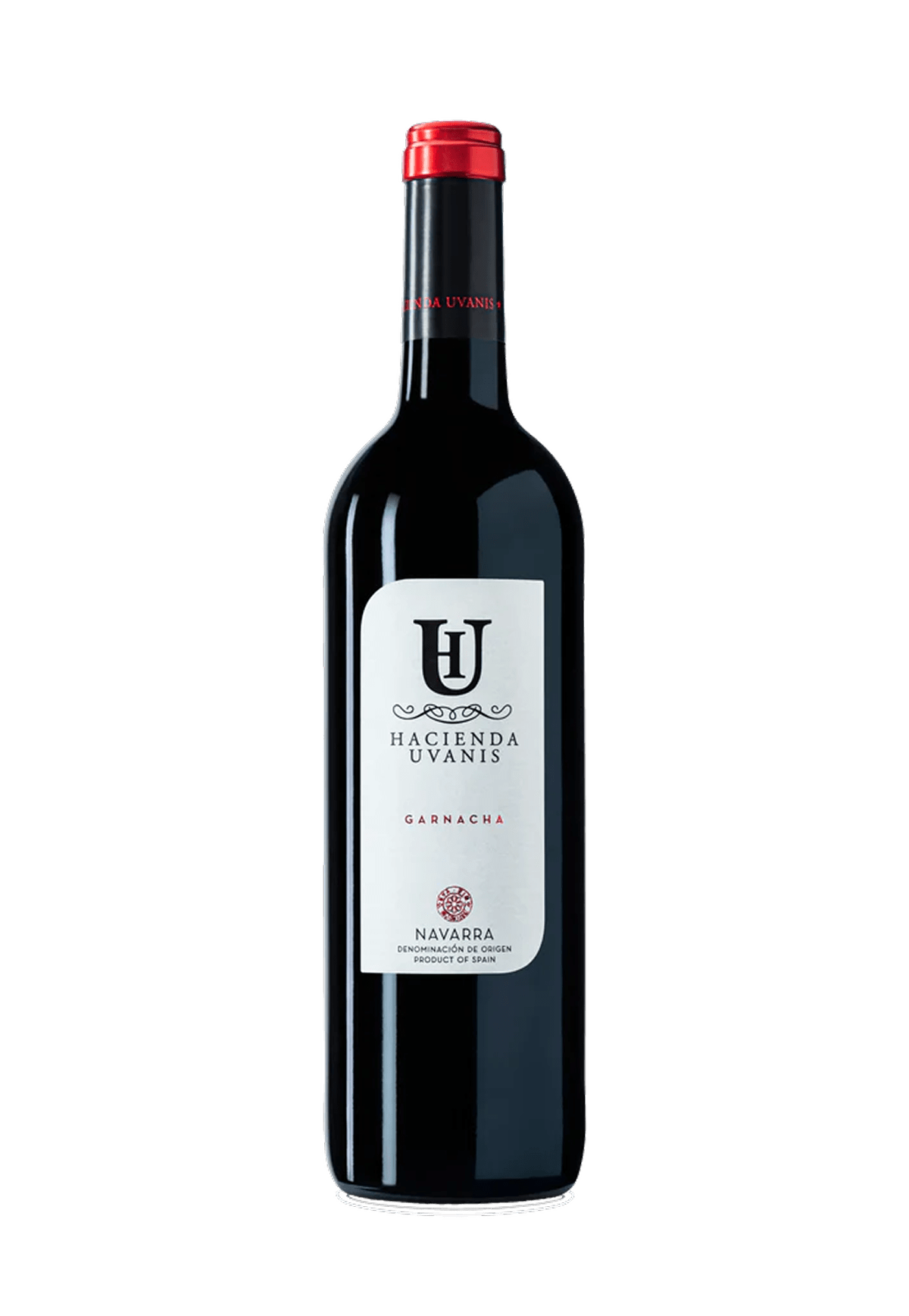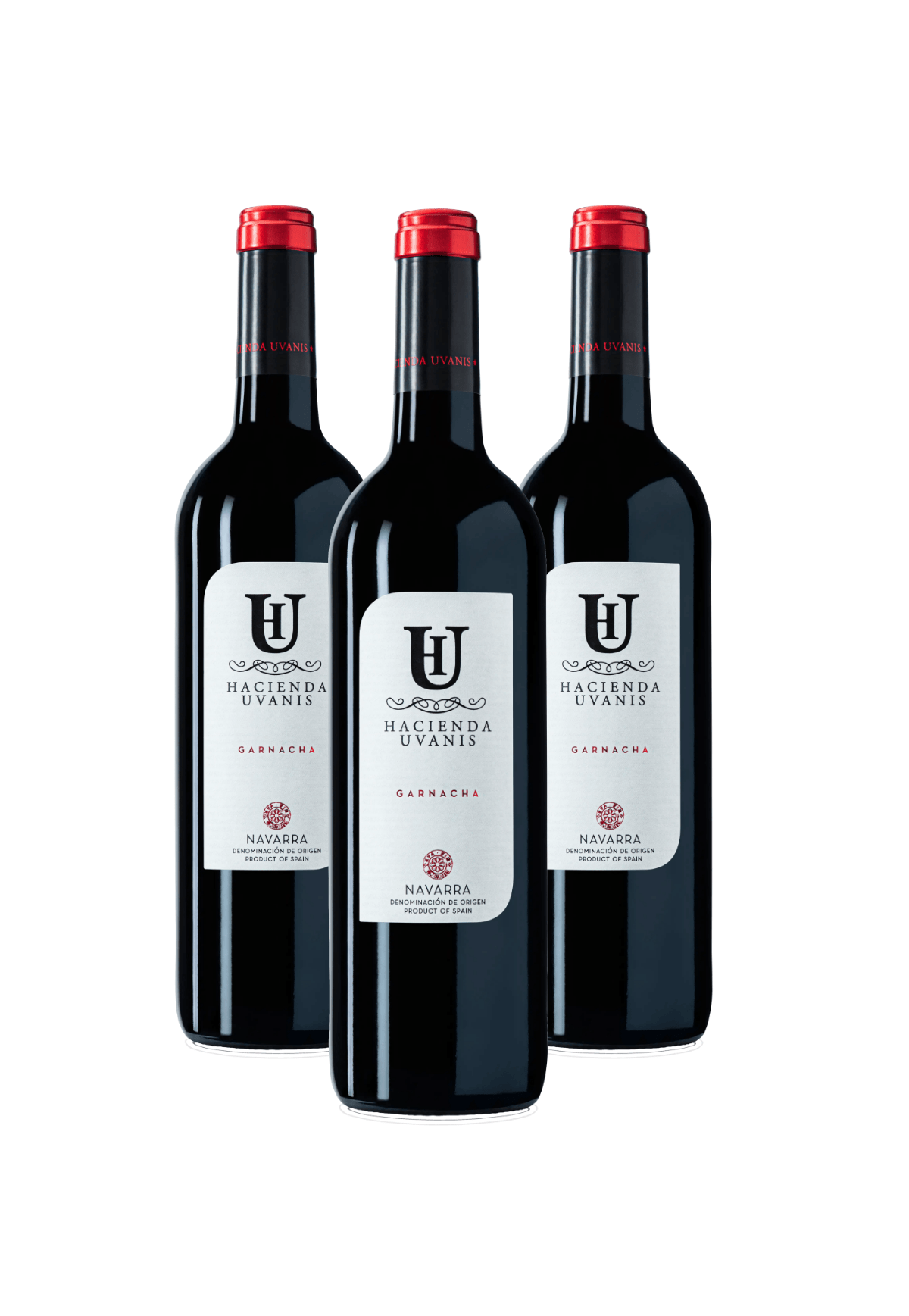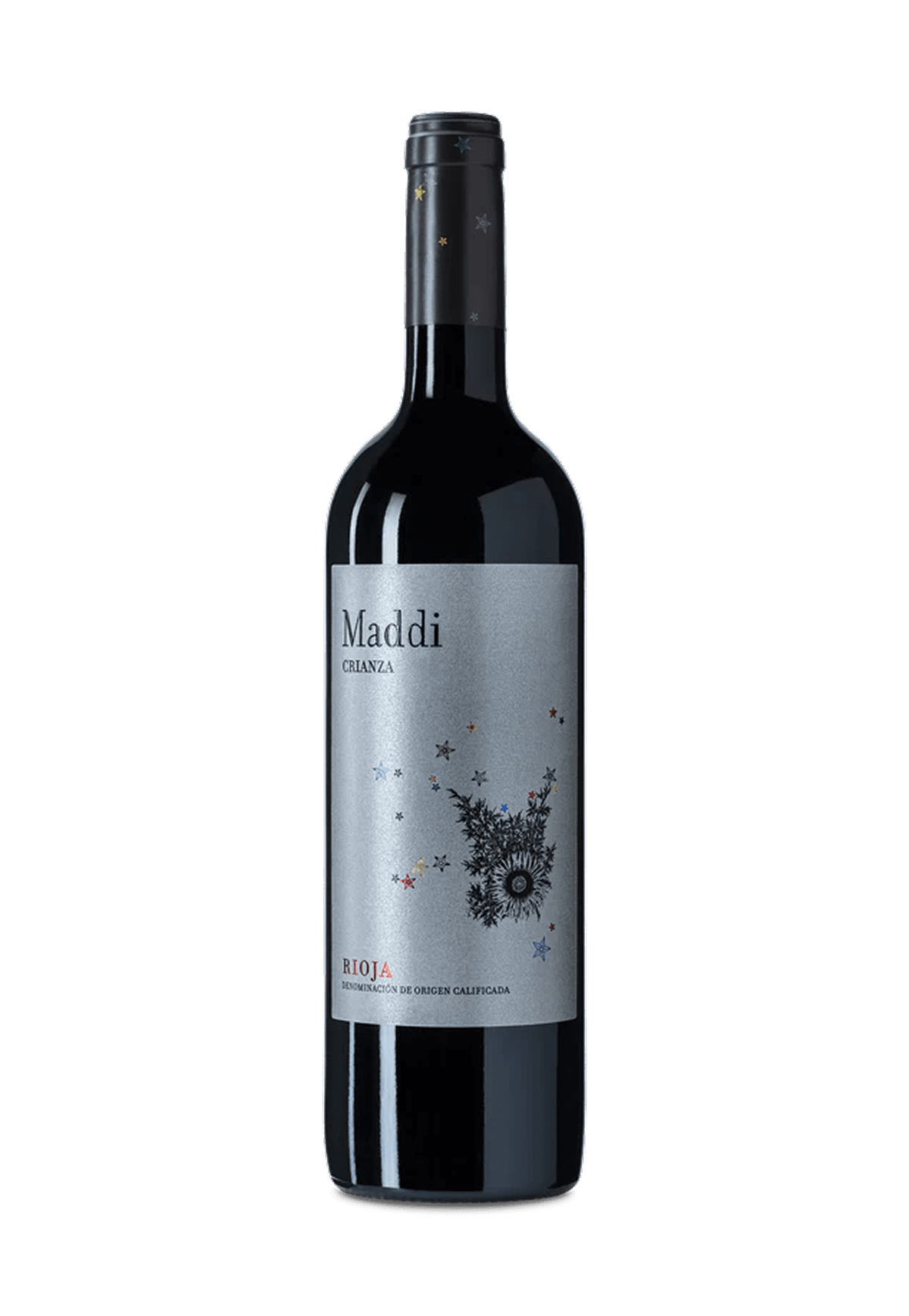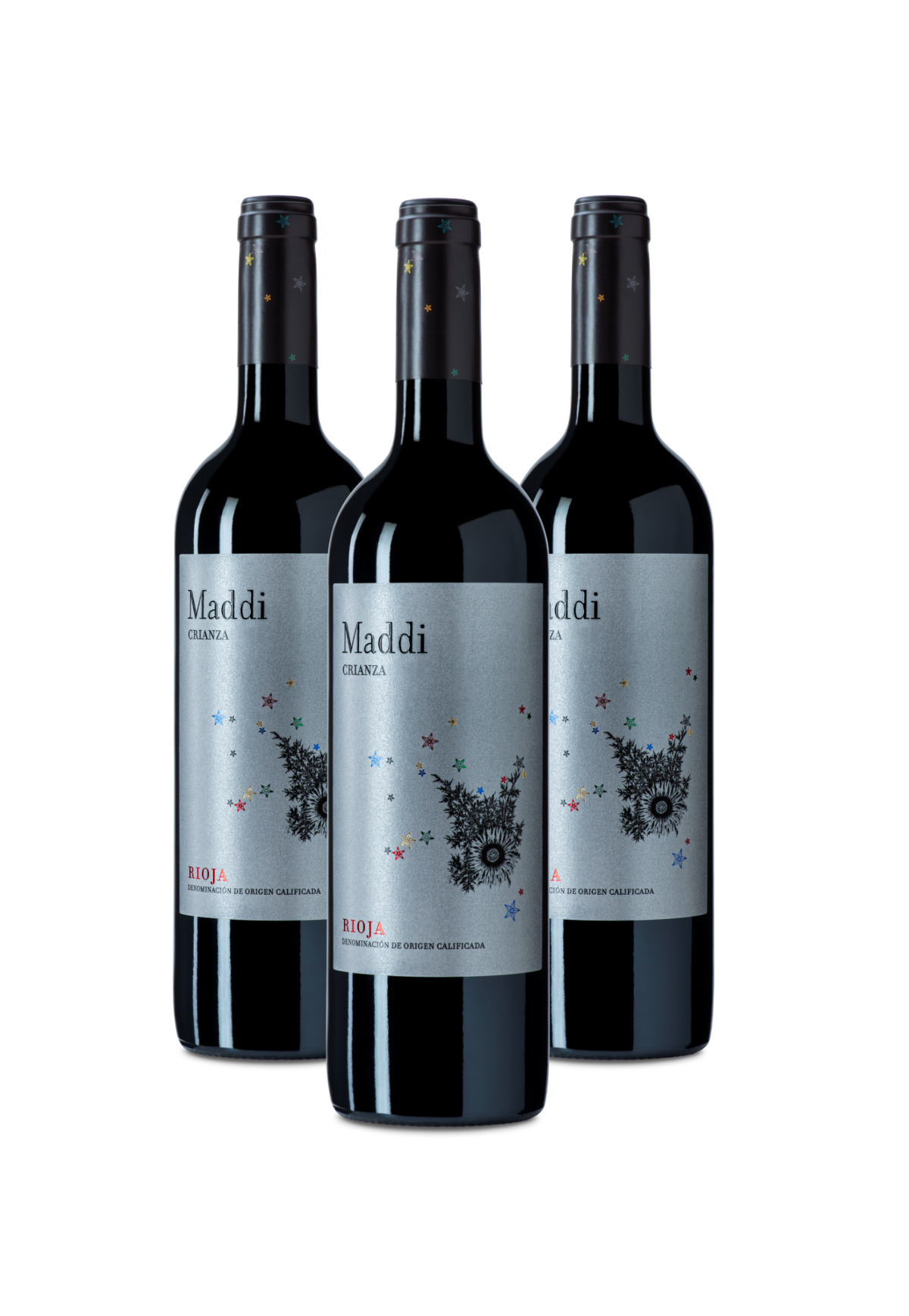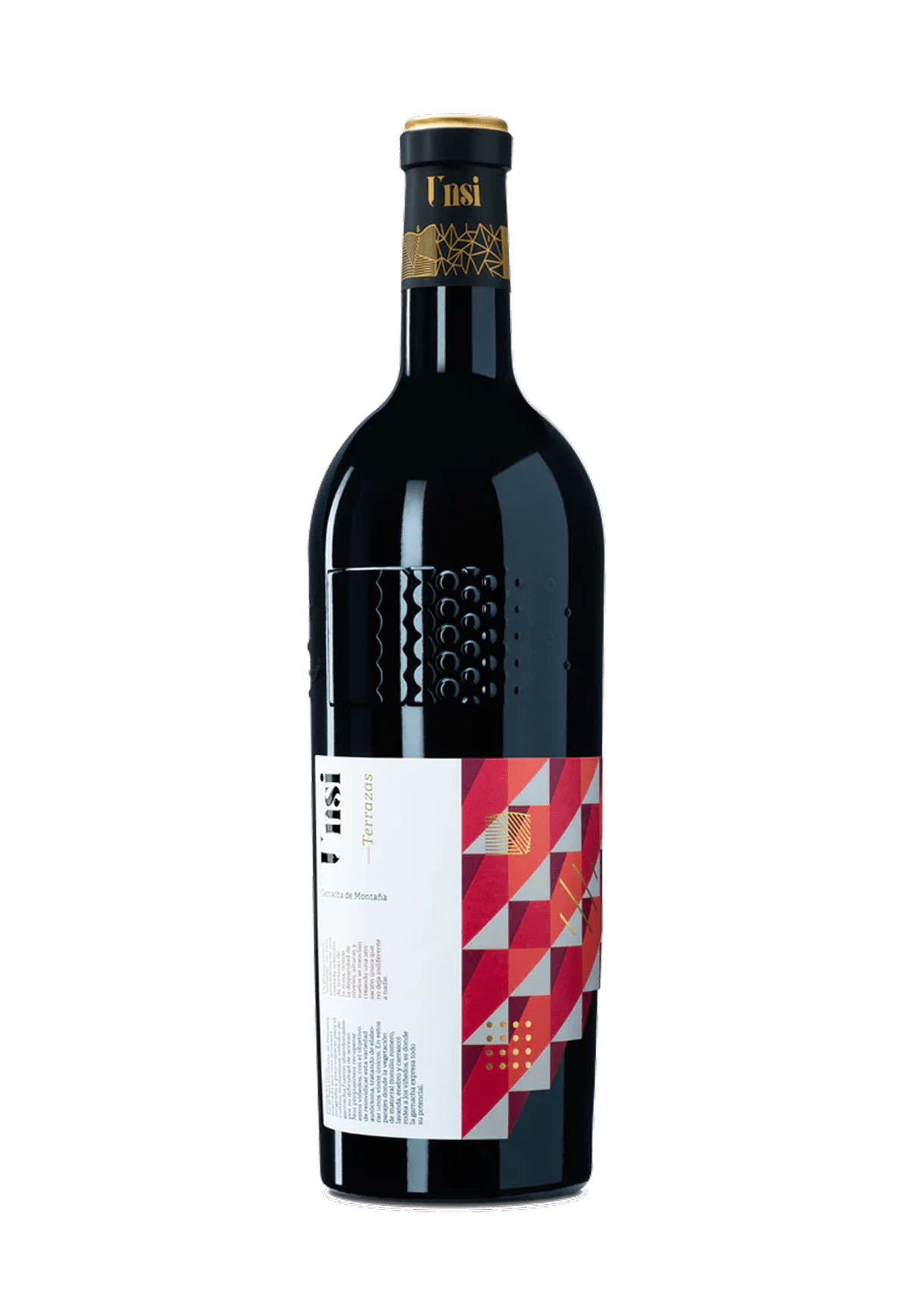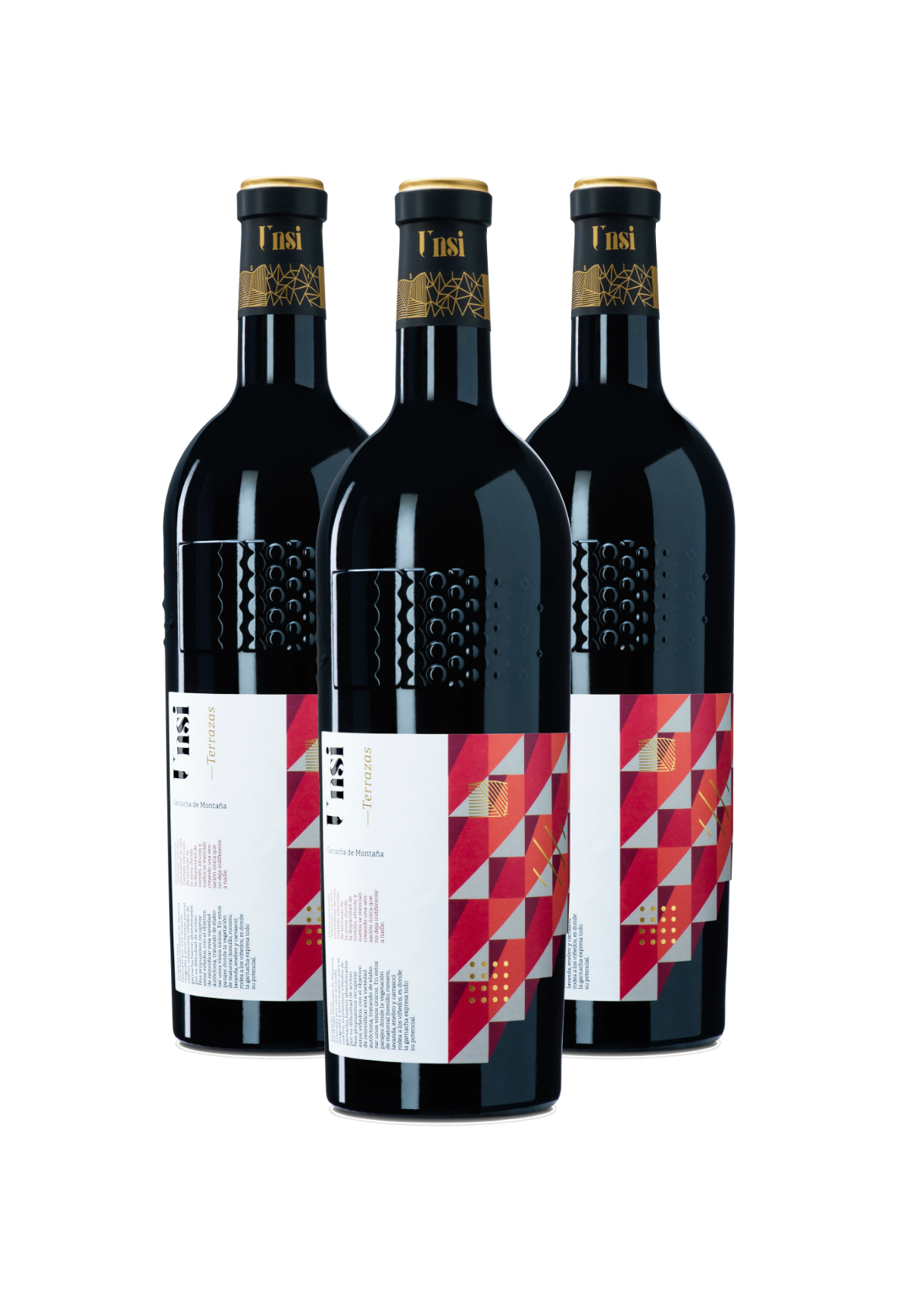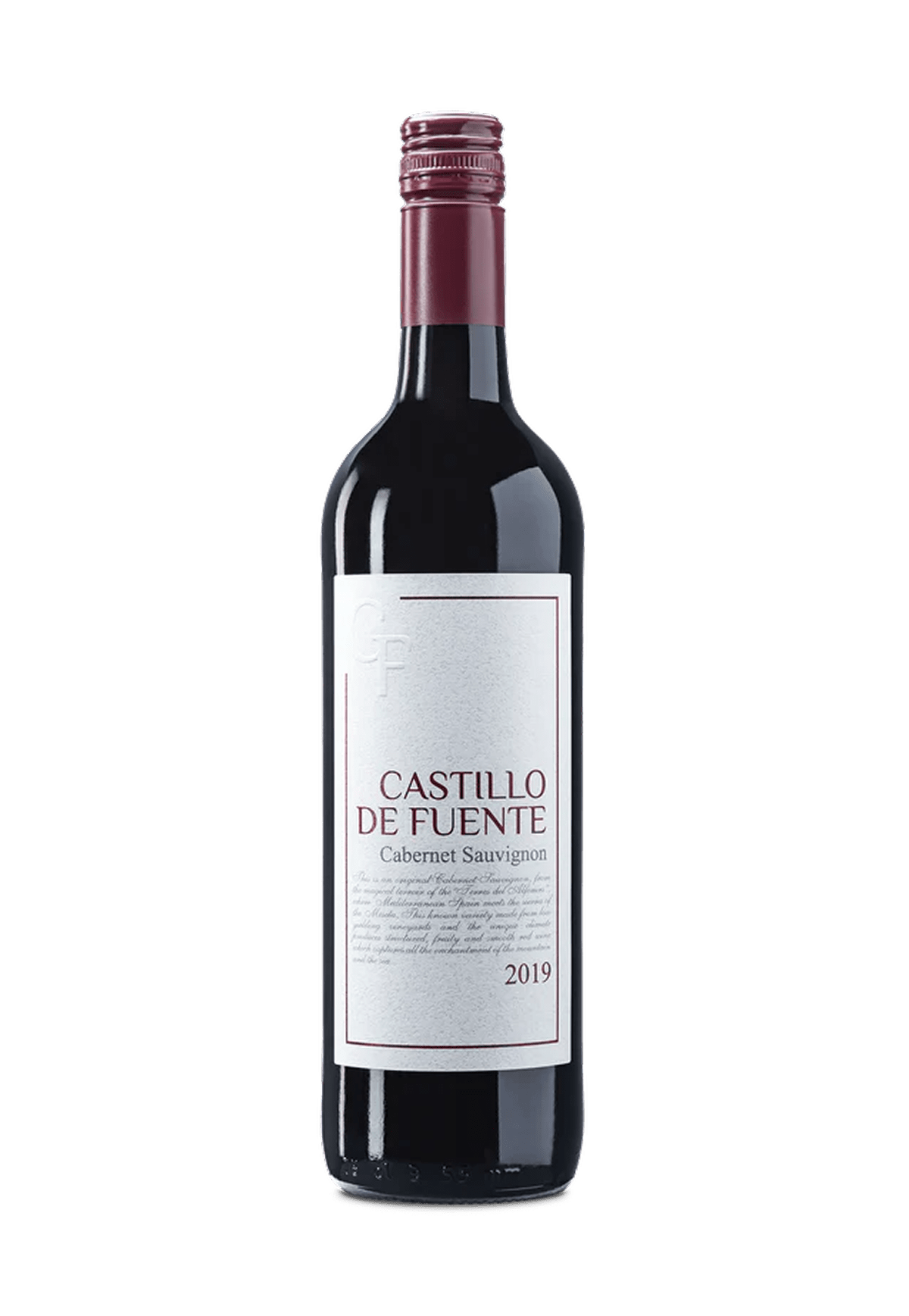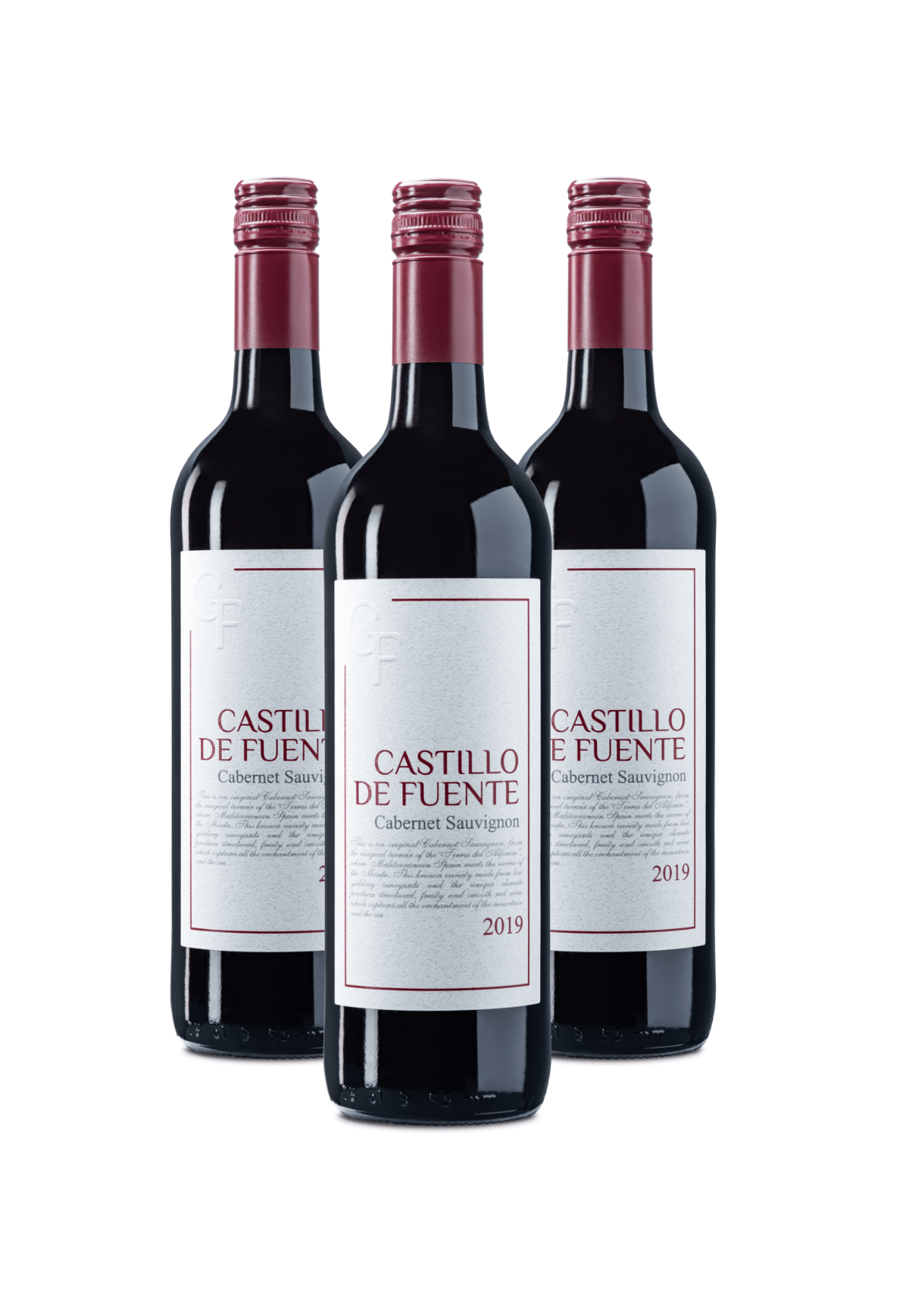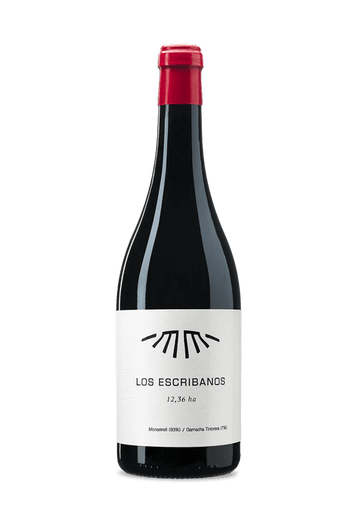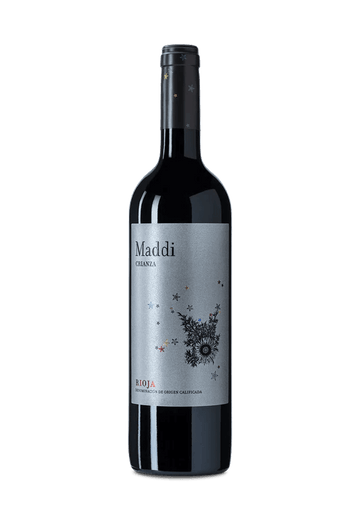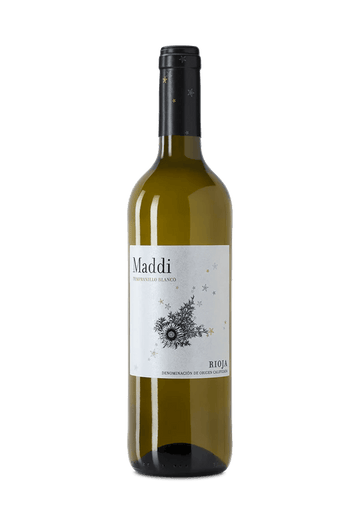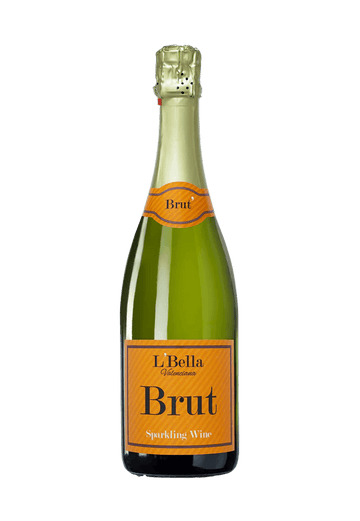
about us
Spanish Soul Wines: wines with soul
Our wines are all about good vibes, great stories, and authentic flavors from the heart of Spain. Feel the Mediterranean vibe through our mission and story.
What’s the plan for today?
Choose the wine that best suits each occasion
Blog posts
Thanksgiving: One Table, So Many Reasons to Toast
There’s something special about the last Thursday in November. Beyond the turkey, the traditional recipes, and the comforting aromas that fill the house, Thanksgiving is a celebration of gratitude. It’s a pause in the everyday rhythm — a moment to look around and recognize what truly matters: family, friends, and the moments we share. It’s a time when the table becomes the heart of the home. Every dish tells a story, every toast brings people together, and every laugh reminds us how lucky we are to have each other. It’s a day to savor, to listen, to connect, and to simply enjoy being together. Wine, a Symbol of Sharing Wine has always had that power — to accompany honest conversations, long-awaited reunions, and those lingering moments after dinner when no one’s in a hurry to leave. It’s more than just a drink; it’s a gesture. Opening a bottle says: this is for you, for us, for this moment. On Thanksgiving, that gesture feels even more meaningful. Wine brings flavors and people together; it harmonizes with the dishes and the emotions of the day. Whether it’s a rich red to pair with the turkey or a bright white to balance the meal, the important thing is that it inspires warmth and celebration. Finding the Perfect Pairing Thanksgiving is a feast of contrasts — sweet, savory, earthy, and spiced — and that’s exactly what makes pairing wines so enjoyable. Lighter reds with bright fruit and soft tannins, like Tempranillo or Garnacha, beautifully complement roasted turkey and stuffing without overpowering them. For those who prefer white wine, a crisp Albariño or a rounder Chardonnay can highlight the flavors of side dishes like mashed potatoes or roasted vegetables. And let’s not forget the sparkle. A good Cava or sparkling wine adds that touch of celebration that fits Thanksgiving perfectly. Its freshness balances the richness of the meal, and those bubbles always seem to make the toasts a little more joyful. Whether you start with it as an aperitif or end with it alongside dessert, it’s a reminder that every great meal deserves a moment that shines. The One Who Chooses the Wine There’s always someone who takes care of choosing the wine. Not out of duty, but out of affection. They know the wine tells part of the story of the night. That person looks for balance, character, and authenticity — they want each glass to help create a memory. Choosing the Thanksgiving wine is an act of thoughtfulness. It’s thinking of everyone before they arrive, imagining their smiles, anticipating the toasts. It’s a way of saying thank you without words. A Toast to Gratitude So this year, when the table is set and the candles are lit, take a moment before the first sip. Look around you. Every person, every plate, every glass holds a piece of your story. And the wine, as always, is there to bring them all together. Happy Thanksgiving — and may there always be a good wine to celebrate what truly matters. 🍷
Learn moreHarvest Season in Spain: A Mediterranean Tradition in Valencia
Every year, as the late summer sun begins to soften and the first hints of autumn drift through the air, Spain celebrates one of its most cherished traditions: the grape harvest, or vendimia. In the Mediterranean regions—particularly Valencia—this moment marks not only the start of the winemaking process, but also a cultural celebration that blends history, community, and the artistry of wine. The Valencian landscape, framed by the Mediterranean Sea on one side and rolling vineyards on the other, offers the perfect setting for harvest. Warm days and cool nights help the grapes reach optimal ripeness, resulting in wines that reflect the essence of the Mediterranean: fresh, vibrant, and full of life. Harvest in Valencia is more than just hard work in the fields; it is also a time of connection. Families and neighbors come together to pick grapes by hand, continuing a tradition that has lasted for generations. Local towns celebrate with festivals, music, and food, turning the vendimia into a joyful event that visitors are always welcome to experience. In recent years, sustainability has become an essential part of the Valencian vendimia. Many vineyards now follow environmentally conscious practices, from reducing water use and encouraging biodiversity to adopting organic and regenerative farming techniques. These efforts not only protect the Mediterranean ecosystem but also enhance the character and authenticity of the wines themselves. Sustainability in Valencia is also social. The harvest supports local communities by preserving traditional jobs, fostering fair labor practices, and promoting rural development. The vendimia is not just about producing exceptional wine—it is about ensuring that future generations can continue to live from and care for the land in a responsible, equitable way. So when you raise a glass of Spanish wine this fall, imagine the golden Mediterranean sun shining over the vineyards of Valencia, the timeless tradition of vendimia, and the sustainable practices—both environmental and social—that make each sip unforgettable.
Learn moreMediterranean climate and its impact on wine: How sun, sea, and winds create wines with a unique character
When we think of the Mediterranean, we imagine radiant sun, clear skies, and gentle breezes. Although most Spanish vineyards are not located right on the coast, they benefit from the Mediterranean climate that dominates much of the eastern and southeastern parts of the peninsula. This climate is largely responsible for the expressive, characterful wines that captivate palates around the world today. The sun: driving ripeness The most distinctive feature is the abundance of sunlight. This promotes full ripening of the grapes, which concentrate sugars and aromas. The result is full-bodied, powerful reds and fragrant whites that retain strong aromatic intensity. The sea: a distant moderator Even though many vineyards are inland, the influence of the Mediterranean is still felt. The sea acts as a regional thermostat: it softens extremes and adds humidity, helping grapes maintain freshness. In areas like Valencia, this climatic moderation is key to balancing ripeness and acidity. The winds: allies of the vine Sea breezes from the coast and local winds (such as the tramontana in the northeast) cool vineyards during the hottest months and reduce pressure from pests and fungi. Thanks to them, many wineries can practice more sustainable viticulture, a quality highly valued today. A unique identity in the glass The combination of sun, sea, and wind produces wines that are intense yet balanced: reds with ripe fruit and spicy notes, fresh whites with floral and mineral nuances, and sweets that capture the very essence of the Mediterranean. Each bottle conveys the character of a region where climate is as central to the wine as the soil and grapes themselves. Altitude and inland microclimates The Mediterranean climate isn't limited to coastal areas. Many vineyards located inland or at higher altitudes still benefit from its influence. In regions like Rioja, Navarra, and inland Valencia, elevation plays a key role in moderating heat, preserving acidity, and extending the ripening period—crucial for developing complexity in the wines. Diurnal shifts: freshness meets intensity A hallmark of these inland Mediterranean zones is the marked difference between day and night temperatures. These diurnal shifts allow grapes to ripen during the day while maintaining freshness overnight. The result is wines with vibrant fruit, balanced structure, and a distinctive lift on the palate. A wide range of expressions From aromatic Moscatels near the coast to mountain-grown Garnachas and structured Tempranillos from continental zones, Mediterranean Spain offers remarkable diversity. Each variety expresses itself differently depending on the interplay between sun, wind, elevation, and soil—but all carry the unmistakable imprint of their climate. More than a climate—an identity Ultimately, the Mediterranean influence is more than just weather patterns. It’s a sensibility that shapes the rhythm of the vineyard and the character of the wine. Across landscapes and grape varieties, it brings a sense of brightness, vitality, and soul that makes Mediterranean wines truly unforgettable.
Learn more

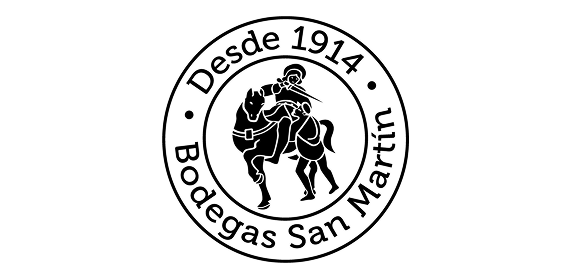
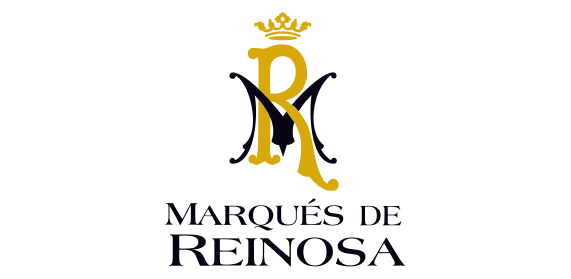

Any questions? We've got all the answers
We're here to make your wine experience as smooth as possible. If you have any queries, we've got you covered with all the info you need.
What states do you ship to?
What states do you ship to?
We ship to the following states: Arizona, California, Colorado, Connecticut, District of Columbia, Delaware, Florida, Georgia, Iowa, Idaho, Illinois, Indiana, Kansas, Kentucky, Louisiana, Massachusetts, Maryland, Maine, Minnesota, Missouri, Montana, North Carolina, New Hampshire, New Jersey, New Mexico, Nevada, New York, Ohio, Oklahoma, Oregon, Pennsylvania, Rhode Island, Texas, Vermont, Washington, Wisconsin, West Virginia, and Wyoming.
How long does it take for my order to arrive?
How long does it take for my order to arrive?
Orders are shipped from our fulfillment center in Connecticut (CT).
In-state shipping (CT to CT): Typically takes 1–2 business days after fulfillment.
Out-of-state shipping: Generally takes 5–7 business days, depending on the destination.
Do I need to be home to receive my package?
Do I need to be home to receive my package?
Someone 21+ with a photo ID must be present at the time of delivery to sign. If someone 21+ is not home, the carrier will make two more attempts to deliver. If the third attempt is unsuccessful, the order is returned to the retailer who fulfilled your order.
How do I track my order?
How do I track my order?
You will receive an email with your tracking number once it has been fulfilled. If you have not received the email yet, please check your promotions, junk, and spam folders before reaching out as the email sometimes ends up there.
